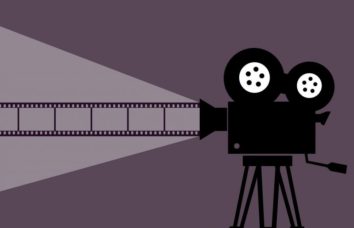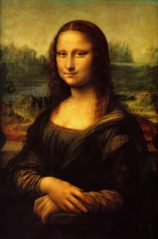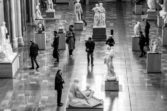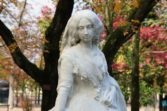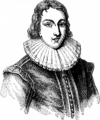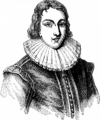Virginia Woolf Books: A Deep Dive into the World of a Literary Mastermind

Introduction:
Virginia Woolf, one of the most influential and celebrated writers of the 20th century, is known for her innovative writing style, bold themes, and deep insight into the human psyche. Her books continue to captivate readers worldwide, offering a unique literary experience. In this article, we will explore the world of Virginia Woolf books, providing valuable insights for those who are interested in this subject.
1. Understanding Virginia Woolf Books:
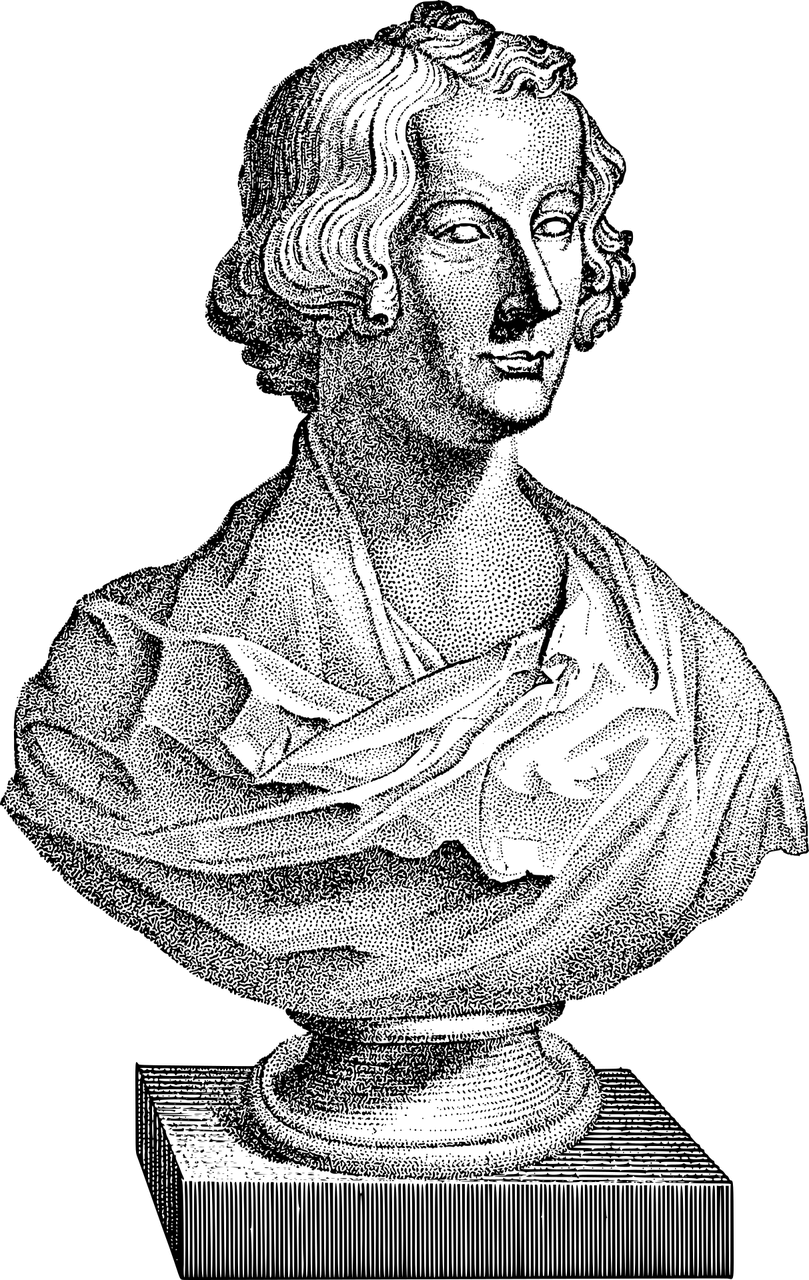
Virginia Woolf books encompass a wide range of genres, including novels, essays, and even experimental works. Her writing is characterized by stream-of-consciousness narrative techniques, which allow readers to delve into the minds of her characters and explore their innermost thoughts and emotions. Woolf’s books often deal with themes of gender, identity, mental health, and the societal constraints imposed upon individuals.
Some essential aspects to know about Virginia Woolf books include:
– Experimental Writing: Woolf’s works, such as “Mrs. Dalloway” and “To the Lighthouse,” showcase her experimentation with narrative forms, pushing the boundaries of traditional storytelling.
– Feminist Perspectives: Woolf’s writings were deeply influenced by her feminist beliefs, challenging social norms and exploring women’s experiences in patriarchal societies.
– Psychological Dept Woolf’s books delve into the complexities of human psychology, offering profound character studies and thought-provoking reflections on the nature of consciousness.
2. The Evolution of Virginia Woolf Books:
Virginia Woolf’s literary journey spanned from the early 20th century until her untimely death in 1941. Her works evolved significantly throughout this period, reflecting her changing perspectives and interests.
– Early Works: Woolf’s early books, such as “The Voyage Out” and “Night and Day,” were more traditional in style, focusing on realistic depictions of relationships and society.
– Modernist Masterpieces: In the 1920s, Woolf’s writing witnessed a dramatic shift towards modernism. This period saw the publication of her groundbreaking novel “Mrs. Dalloway,” which marked a turning point in her career. Other notable modernist works include “To the Lighthouse” and “Orlando.”
– Essays and Feminist Discourse: Alongside her fiction, Woolf wrote numerous essays and non-fictional works, advocating for feminism and voicing her thoughts on literature and culture. “A Room of One’s Own” and “Three Guineas” are exemplary works in this genre.
– Final Works: Woolf’s last novel, “Between the Acts,” was published posthumously. Although incomplete, it showcases her continued exploration of experimental narrative techniques and reflective insights into the human condition.
3. Impact and Legacy:
Virginia Woolf’s books have had a profound impact on the literary world and continue to be revered by readers and scholars alike. Her unique narrative style, exploration of feminist themes, and psychological depth have inspired generations of writers.
– Feminist Literature: Woolf’s influence on feminist literature cannot be overstated. Her works challenged the status quo, offering a platform for women’s voices and experiences in an oppressive society.
– Experimental Fiction: Woolf’s experimental narrative techniques paved the way for future generations of writers to explore innovative storytelling. Authors like James Joyce, William Faulkner, and Salman Rushdie have acknowledged her impact on their own works.
– Mental Health Portrayals: Woolf’s candid depiction of mental health struggles in books like “Mrs. Dalloway” and “The Waves” provided a foundation for destigmatizing mental illnesses in literature.
In conclusion, Virginia Woolf books are a treasure trove of literary brilliance, offering readers a glimpse into the complex world of human emotions and societal dynamics. Through her experimental style and profound insights, Woolf continues to resonate with readers today. Whether you’re a dedicated literature enthusiast or a curious newcomer, exploring the captivating world of Virginia Woolf books is a journey well worth undertaking.
Sources:
– Woolf, Virginia. “Mrs. Dalloway.” Harcourt, 1925.
– Woolf, Virginia. “To the Lighthouse.” Harcourt, 1927.
– Woolf, Virginia. “A Room of One’s Own.” Harcourt, 1929.
– Woolf, Virginia. “Between the Acts.” Hogarth Press, 1941.
FAQ
How did Virginia Woolfs writing evolve over time?
What are some important themes in Virginia Woolf books?
What is the writing style of Virginia Woolf books?
Flere Nyheder
Fotograf i Aalborg: Fanger livets smukkeste øjeblikke
Introduction: Virginia Woolf, one of the most influential and celebrated writers of the 20th century, is known for her innovative writing style, bold themes, and deep insight into the human psyche. Her books continue to captivate readers worldwide, o...
27 november 2025
Hvordan fortælling i film adskiller sig fra andre medier
Introduction: Virginia Woolf, one of the most influential and celebrated writers of the 20th century, is known for her innovative writing style, bold themes, and deep insight into the human psyche. Her books continue to captivate readers worldwide, o...
09 oktober 2025
De mest ikoniske kunstværker i verdenshistorien
Introduction: Virginia Woolf, one of the most influential and celebrated writers of the 20th century, is known for her innovative writing style, bold themes, and deep insight into the human psyche. Her books continue to captivate readers worldwide, o...
09 oktober 2025

